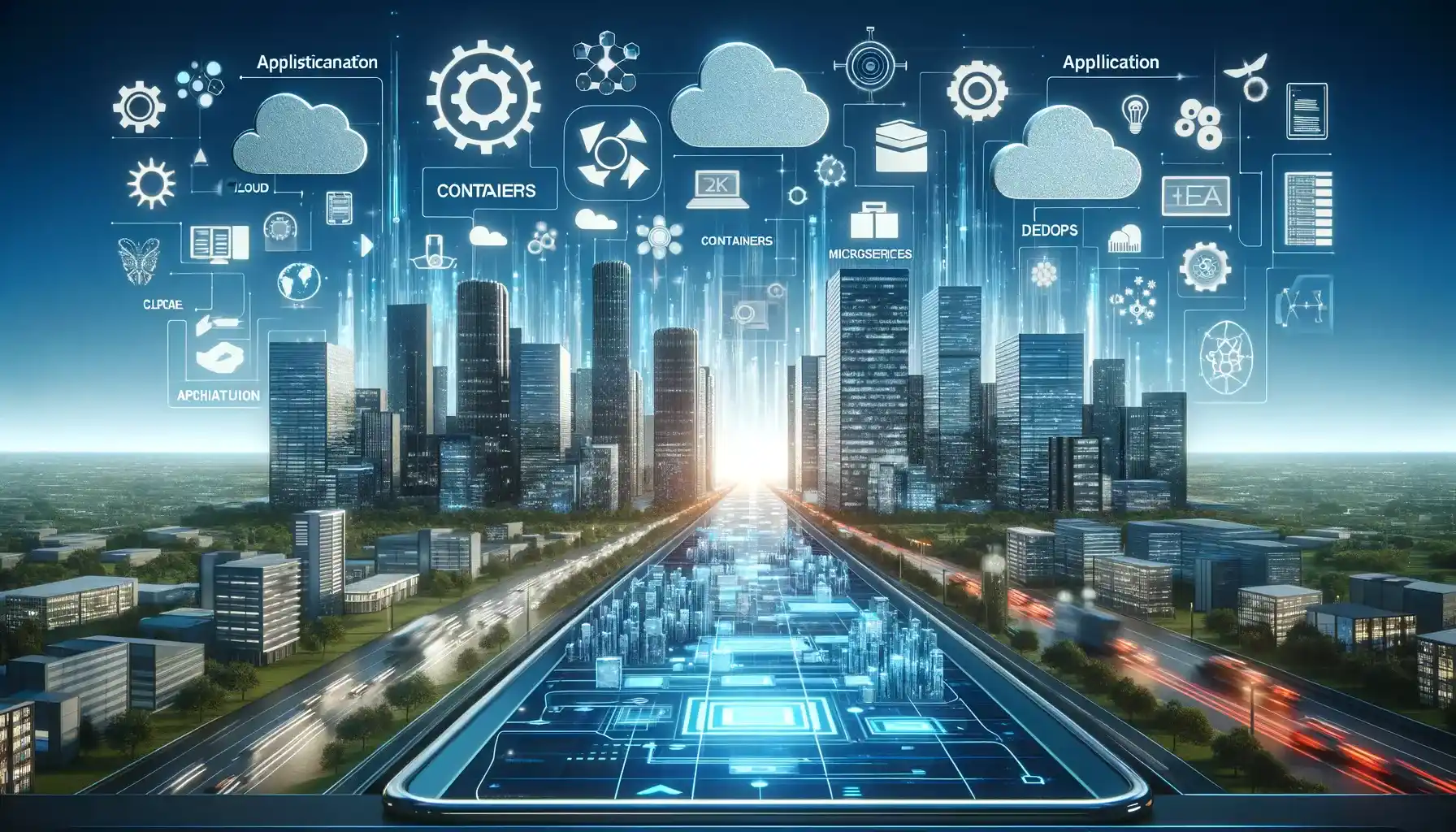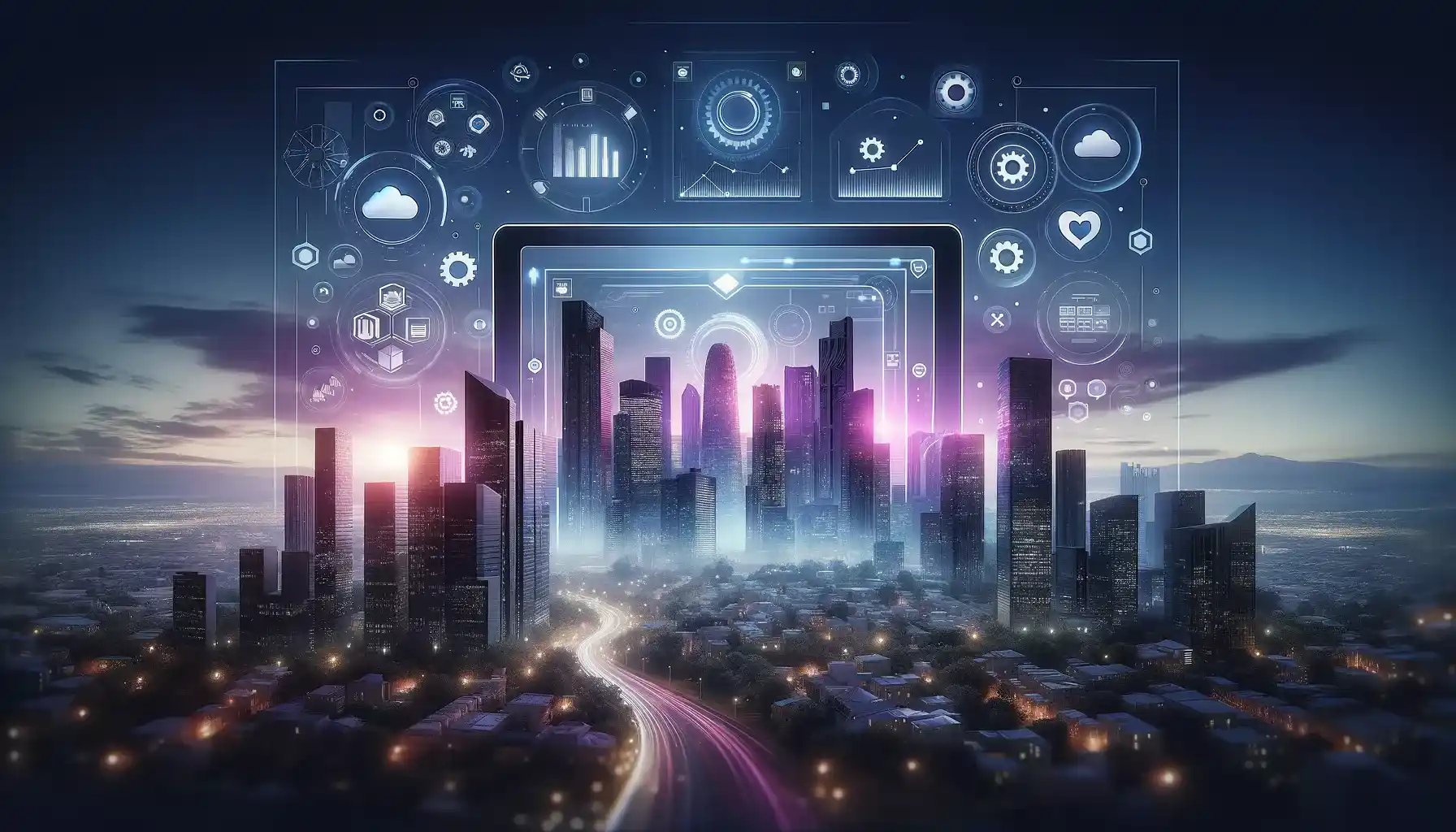Table of Contents
In today’s rapidly evolving technological landscape, businesses face the constant challenge of keeping their applications modern and efficient. Application modernization is essential for staying competitive, but it often comes with significant costs. To navigate this process successfully, it’s crucial to understand the various factors that contribute to these costs. In this article, we’ll explore five comprehensive factors that demystify application modernization costs.
1. Legacy System Assessment
- The first step in any application modernization project is assessing the existing legacy systems. Legacy systems are often outdated, and complex, and may not meet the current business requirements.
- Assessing these systems involves understanding their architecture, dependencies, and functionalities.
- This process helps identify areas that need improvement or a complete overhaul, laying the foundation for estimating modernization costs accurately.

2. Technology Stack Analysis
- Modernizing an application often involves migrating to newer technologies and platforms. However, selecting the right technology stack is crucial to the success and cost-effectiveness of the modernization effort.
- Factors such as scalability, interoperability, security, and developer skills must be considered when choosing the technology stack.
- Additionally, compatibility with existing systems and future business needs should also be taken into account.
- An in-depth analysis of available technologies helps in making informed decisions that align with the budget and goals of the modernization project.
3. Functional Requirements and Business Goals
- Understanding the functional requirements and business goals is essential for determining the scope and cost of application modernization.
- This involves identifying the features and functionalities that need to be updated, enhanced, or replaced to align with the current business objectives.
- Stakeholder collaboration and user feedback play a crucial role in defining these requirements accurately.
- By prioritizing functionalities based on business value and ROI, organizations can optimize their modernization efforts and mitigate unnecessary costs.
4. Integration Complexity
- Many applications rely on integrations with external systems, databases, APIs, and third-party services.
- These integrations add complexity to the modernization process and can significantly impact costs.
- Assessing the integration points and dependencies upfront helps in estimating the effort required for integration modernization.
- Additionally, organizations must consider the potential challenges associated with data migration, data mapping, and ensuring seamless interoperability between the modernized application and existing systems.
5. Maintenance and Support
- Application modernization is not a one-time project but an ongoing process that requires continuous maintenance and support. Organizations must factor in the long-term maintenance costs associated with the modernized application.
- This includes software updates, bug fixes, performance optimizations, and security patches.
- By budgeting for ongoing maintenance and support upfront, organizations can avoid unexpected expenses and ensure the sustainability of their modernized applications.

What is the biggest factor in deciding to start the Application Modernization Costs process?
The primary determinant in initiating the application modernization process hinges on assessing the application itself. Conducting a comprehensive application assessment is paramount. It serves as the foundational step in understanding the existing infrastructure and functionalities. This inventory-taking exercise is indispensable, particularly when considering the financial aspects of application modernization costs.
What is the main objective of the application modernization costs process?
- The primary objective of the application modernization costs process is to strategically assess, manage, and optimize the expenses associated with updating and improving software applications.
- This entails analyzing various factors such as legacy system assessment, technology stack analysis, functional requirements, integration complexity, and ongoing maintenance and support costs.
- By understanding and controlling these expenses, organizations can ensure that their modernization efforts align with their budgetary constraints while maximizing the return on investment and driving business growth.
What are the benefits of Application Modernization Costs?
Application modernization costs bring several benefits to organizations, including:
- Enhanced Efficiency: Modernizing applications often involves streamlining processes, optimizing workflows, and leveraging newer technologies, leading to increased efficiency and productivity.
- Improved Customer Experience: Upgraded applications can offer better user interfaces, faster response times, and enhanced functionality, resulting in improved customer satisfaction and retention.
- Cost Savings: While there are initial investments involved in modernization, it can lead to long-term cost savings through reduced maintenance expenses, improved resource utilization, and better scalability.
- Increased Agility: Modernized applications are more flexible and adaptable to changing business needs, allowing organizations to respond quickly to market demands and stay ahead of competitors.
- Better Security: Legacy applications are often more vulnerable to security threats due to outdated software components and a lack of security features. Modernizing applications helps mitigate these risks by implementing robust security measures and compliance standards.
- Seamless Integration: Modernized applications are designed to integrate seamlessly with other systems and technologies, enabling smoother data exchange and interoperability across the organization.
- Future-Proofing: By investing in modernization, organizations future-proof their applications against obsolescence and ensure they remain relevant and competitive in the evolving technological landscape.

What are the 5 R’s of application modernization costs?
The 5 R’s of application modernization costs, also known as application modernization strategies, are:
- Rehost: This strategy involves lifting and shifting existing applications to a new environment, such as a cloud platform, without making significant changes to the application architecture. Rehosting is often chosen for its simplicity and speed, minimizing disruption to operations.
- Refactor: Refactoring entails making minor modifications to the existing codebase to improve its efficiency, scalability, and maintainability while preserving its core functionality. This approach aims to modernize the application gradually without rewriting it entirely.
- Rearchitect: Rearchitecting involves redesigning the application architecture to leverage modern technologies, architectures, and patterns. This strategy focuses on enhancing performance, scalability, and flexibility while addressing any limitations of the current architecture.
- Rebuild: Rebuilding entails rewriting the application from scratch using modern development frameworks, languages, and tools. This approach offers the opportunity to address legacy issues, implement new features, and optimize performance while ensuring compatibility with current and future requirements.
- Replace: Replacement involves replacing the existing application with a commercially available off-the-shelf (COTS) solution or a custom-built application tailored to meet specific business needs. This strategy is chosen when the existing application no longer meets the organization’s requirements or when a more cost-effective solution is available.
Conclusion
The process of application modernization costs offers numerous benefits that organizations cannot afford to overlook. By strategically assessing, managing, and optimizing expenses associated with updating software applications, businesses can achieve enhanced efficiency, improved customer experience, cost savings, increased agility, better security, seamless integration, and future-proofing.
Embracing application modernization costs not only aligns with budgetary constraints but also drives innovation and competitiveness in today’s dynamic business landscape. Therefore, investing in modernization is not just about upgrading technology; it’s about investing in the future success and sustainability of the organization.